Increased Focus on Quality Control
Quality control remains a pivotal concern in the pharmaceutical and biotechnology sectors, driving the Lyophilization Equipment and Service Market. The rigorous regulatory landscape necessitates that companies adhere to strict quality standards, which often require the implementation of advanced lyophilization technologies. The market for lyophilization equipment is expected to grow at a CAGR of 8% through 2025, reflecting the industry's commitment to ensuring product integrity. Enhanced quality control measures not only improve product safety but also reduce the risk of costly recalls, making investment in reliable lyophilization services a strategic priority for manufacturers.
Rising Demand for Biopharmaceuticals
The increasing demand for biopharmaceuticals is a primary driver for the Lyophilization Equipment and Service Market. As the biopharmaceutical sector expands, the need for effective preservation methods becomes critical. Lyophilization, or freeze-drying, is recognized for its ability to maintain the stability and efficacy of sensitive biological products. According to industry reports, the biopharmaceutical market is projected to reach USD 500 billion by 2025, which suggests a substantial growth opportunity for lyophilization services. This trend indicates that manufacturers are likely to invest in advanced lyophilization equipment to meet the stringent requirements of biopharmaceutical production, thereby propelling the market forward.
Growing Awareness of Sustainable Practices
Sustainability is becoming increasingly important in various industries, including pharmaceuticals and food, which is influencing the Lyophilization Equipment and Service Market. Companies are recognizing the need to adopt environmentally friendly practices, and lyophilization is seen as a sustainable option due to its energy-efficient processes. The market is witnessing a shift towards equipment that minimizes energy consumption and waste generation. As organizations strive to meet sustainability goals, the demand for eco-friendly lyophilization solutions is expected to rise. This trend may lead to the development of innovative technologies that align with sustainability objectives, further driving market growth.
Expansion of Food Preservation Applications
The application of lyophilization in food preservation is gaining traction, thereby influencing the Lyophilization Equipment and Service Market. As consumer preferences shift towards natural and minimally processed foods, lyophilization offers a viable solution for extending shelf life while retaining nutritional value. The food industry is increasingly adopting freeze-drying techniques, with the market for lyophilized food products projected to reach USD 2 billion by 2025. This growth indicates a rising demand for specialized lyophilization equipment tailored for food applications, which could lead to further innovations and enhancements in the technology.
Technological Innovations in Lyophilization
Technological advancements play a crucial role in shaping the Lyophilization Equipment and Service Market. Innovations such as improved control systems, enhanced automation, and real-time monitoring capabilities are transforming the efficiency and effectiveness of lyophilization processes. These advancements not only optimize production but also reduce operational costs, making them attractive to manufacturers. The introduction of smart lyophilizers, which integrate IoT technology, is expected to enhance process reliability and data management. As these technologies evolve, they are likely to drive further investment in lyophilization equipment, thereby expanding the market.


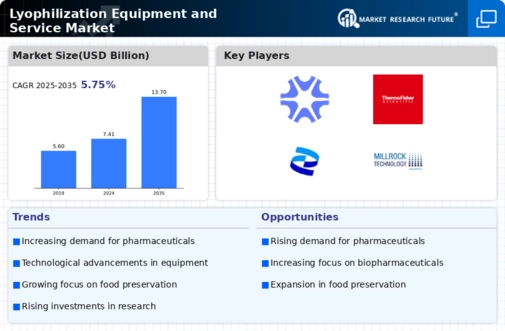
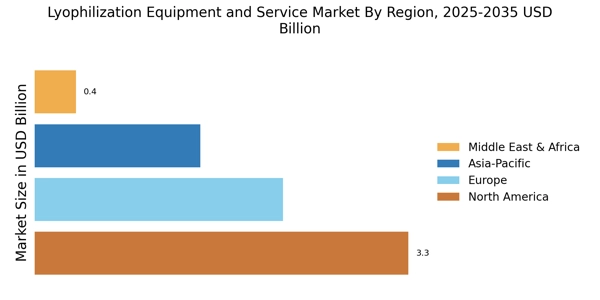
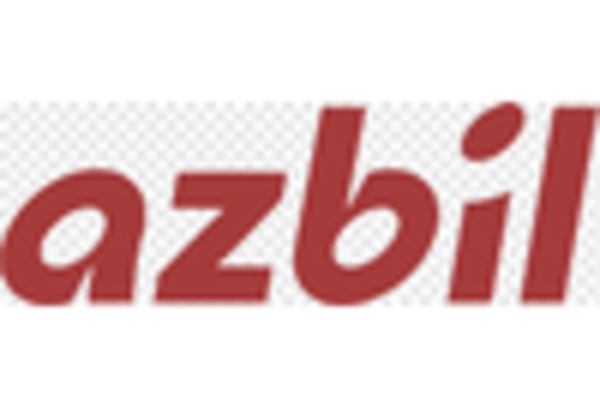
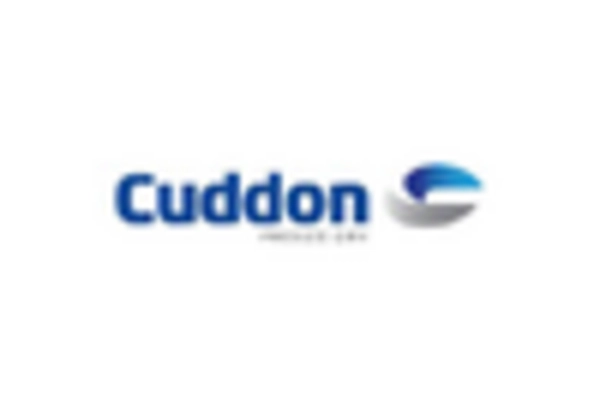
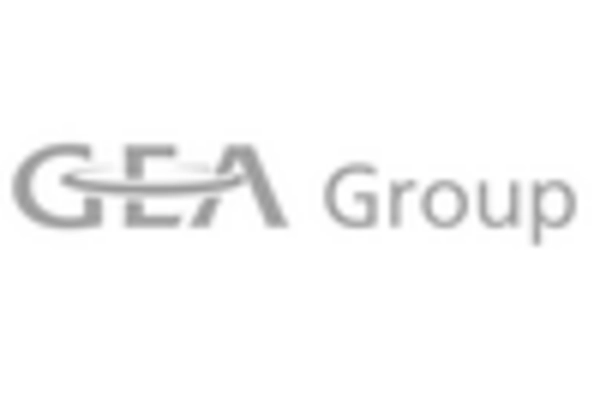
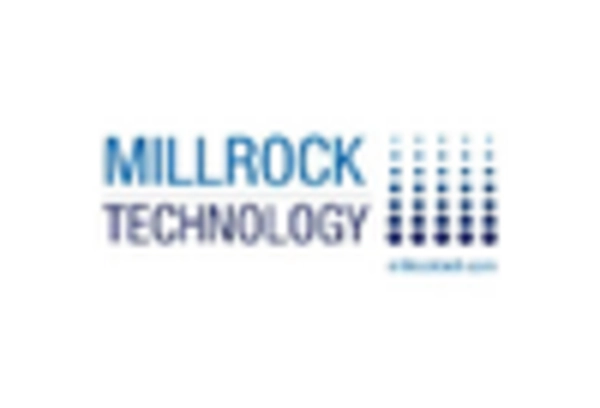










Leave a Comment